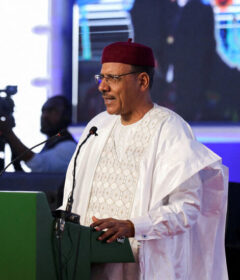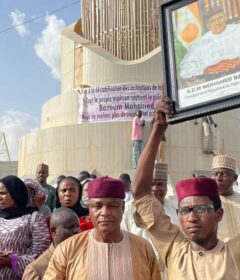Poor Transport Infrastructure a Big Hindrance to Economic Development in Nigeria
This Kaduna-Abuja railway line, opened by President Muhammadu Buhari in 2016, is the first of the country’s standard gauge railway modernisation projects, accommodating high-speed rail lines. It is part of an attempt to reinvigorate Africa’s largest economy as railways make a comeback after decades of neglect. The British colonial government completed Nigeria’s first rail infrastructure more than 100 years ago to aid the movement of agricultural goods from the northern region to the ports in the south. The service began to decline in the 1970s due to a fall in agricultural exports, mismanagement and government neglect. By 2009, the number of annual passenger rail trips in Nigeria had fallen from its 1963 heyday of 11 million to just one million. The new standard gauge line – the most widely-used railway track around the world for high-speed trains – connects Abuja with the former colonial capital of northern Nigeria, Kaduna, as part of the $1 trillion Belt and Road Initiative (BRI) unveiled by China in 2013. Nigeria’s 200 million-strong population serves as a ready market for Chinese exports and technology. It is also a lucrative access point into West Africa and the rest of the continent for Chinese exporters.
Source: Read Full Article


